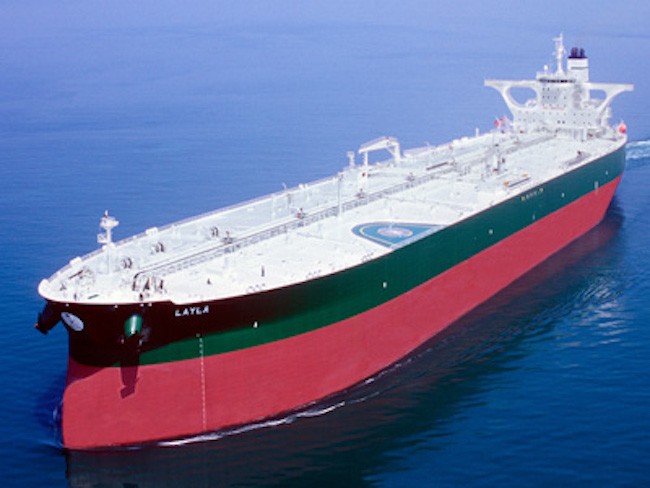Tanker Fleet Growth at 2.41% over the First Five Months of 2017 Says Shipbroker
Tanker owners are seeking for rays of hope in a gloomy environment of late, with demand slowing down and fleet growth rising. In its latest weekly report, shipbroker Allied Shipbroking said that “news of U.S. inventory decline has hit the market by surprise with prices of the commodity showing some quick revival as OPEC continues to push with its production cuts limiting trading volumes and increasing bullish sentiment amongst investors. The prevailing sentiment has been holding for some months now that the supply glut has managed to still hold despite efforts that had been made since the final quarter of 2016. We are likely seeing a reversal to the prevailing trends and as such an increase demand which could help bolster the price of crude oil further. This however could have negative repercussions on the tanker trade, as the continual limit of production volumes could end up leaving for a sluggish trade and limited activity in the freight market”.
According to Allied’s George Lazaridis, Head of Market Research & Asset Valuations, “on the plus side, however we may well see an increased demand for imports from the U.S. in the case that an effort is made to bolster inventories once more. The positive sign from all of this is that we are starting to see a slight revival in demand, especially from Western economies, while the Far East should continue to keep its insatiable demand going. It is too early to tell if this recent trend will last or if it’s just a small temporary movement rather than a prevailing long-term trend”.
At the same time, as Lazaridis points out, “the tanker fleet has continued to grow over the first five months of the year, having now reached a growth rate of 2.41% for the year so far. At the same time the orderbook is still in double digits, with the overall ratio of vessels on order against the in-service fleet now holding at 11.95%. The size segments facing the greatest threat from their orderbook are the crude oil tankers, with Suezmaxes holding at a ratio of 15.54%, while closely following this are the Aframaxes and finally the VLCCs with 14.87% and 14.15% respectively. Given that the percentage of vessels in the active fleet which are above 20 years of age is relatively limited in comparison, we are likely looking at a fair amount of growth in the fleet over the coming years, something that could potentially leave us with an increased imbalance of demand and supply in the freight market and a further deterioration of the prevailing rates”.

He added that “the hope is that consumption will step up and help bolster trade from non-OPEC members, while any increases in the price of crude oil this could trigger could possibly also allow for OPEC to ease its production cuts rather than further intensify them during the course of the year. What’s certain at this point is that the tanker freight market is still under pressure and given the recent softening trends being seen across all the crude oil tanker segments over the past couple of weeks, it looks as though the summer period has gotten off to a relatively slow start. The average time charter equivalent rates for these sizes has continually held below the freight levels noted during the same period last year, though it is important to note that they are still at a relatively better shape then what was being seen between 2010-2014. As such it seems wise to tread carefully right now, despite the fact that we have started to see some positive signs in the underlining demand fundamentals of the market”, Allied’s analyst concluded.
Source: Nikos Roussanoglou, Hellenic Shipping News Worldwide
HEADLINES
- Do shipping markets want Biden or Trump for the win?
- All 18 crew safe after fire on Japanese-owned tanker off Singapore
- Singapore launching $44m co-investment initiative for maritime tech start-ups
- Cosco debuts Global Shipping Industry Chain Cooperation Initiative
- US warns of more shipping sanctions
- China continues seaport consolidation as Dalian offer goes unconditional